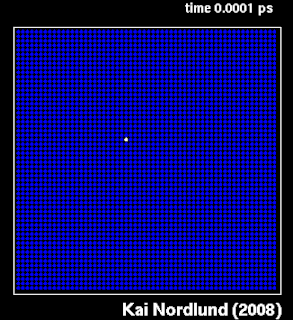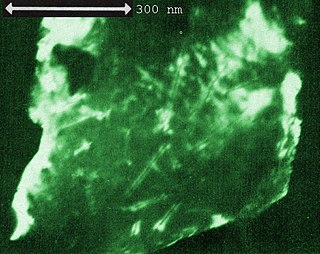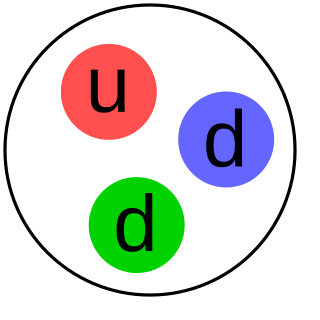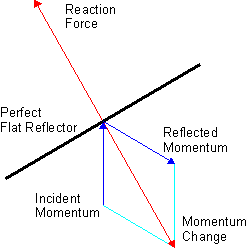 W
WAntozonite is a radioactive fluorite variety first found in Wölsendorf, Bavaria, in 1841, and named in 1862.
 W
WA collision cascade is a set of nearby adjacent energetic collisions of atoms induced by an energetic particle in a solid or liquid.
 W
WHibakujumoku is a Japanese term for a tree that survived the atomic bombings of Hiroshima and Nagasaki in 1945. The term is from Japanese: 被爆, romanized: hibaku, lit. 'bombed, A-bombed, nuked' and Japanese: 樹木, romanized: jumoku, lit. 'trees, woods'.
 W
WIon tracks are damage-trails created by swift heavy ions penetrating through solids, which may be sufficiently-contiguous for chemical etching in a variety of crystalline, glassy, and/or polymeric solids. They are associated with cylindrical damage-regions several nanometers in diameter and can be studied by Rutherford backscattering spectrometry (RBS), transmission electron microscopy (TEM), small-angle neutron scattering (SANS), small-angle X-ray scattering (SAXS) or gas permeation.
 W
WA microwave oven is an electric oven that heats and cooks food by exposing it to electromagnetic radiation in the microwave frequency range. This induces polar molecules in the food to rotate and produce thermal energy in a process known as dielectric heating. Microwave ovens heat foods quickly and efficiently because excitation is fairly uniform in the outer 25–38 mm (1–1.5 inches) of a homogeneous, high water content food item.
 W
WNeutron activation is the process in which neutron radiation induces radioactivity in materials, and occurs when atomic nuclei capture free neutrons, becoming heavier and entering excited states. The excited nucleus decays immediately by emitting gamma rays, or particles such as beta particles, alpha particles, fission products, and neutrons. Thus, the process of neutron capture, even after any intermediate decay, often results in the formation of an unstable activation product. Such radioactive nuclei can exhibit half-lives ranging from small fractions of a second to many years.
 W
WRadiation pressure is the mechanical pressure exerted upon any surface due to the exchange of momentum between the object and the electromagnetic field. This includes the momentum of light or electromagnetic radiation of any wavelength which is absorbed, reflected, or otherwise emitted by matter on any scale. The associated force is called the radiation pressure force, or sometimes just the force of light.
 W
WRadiotrophic fungi are fungi that can use radiation as an energy source to stimulate growth. Radiotrophic fungi can be found in extreme environments due to their ability to survive and grow in the presence of radiation. They have been found in the aftermath of a nuclear accident and in outer space. Most radiotrophic fungi use melanin to survive.
 W
WRadium dials are watch, clock and other instrument dials painted with radioluminescent paint containing radium-226. Radium dial production peaked in the first decade of the 20th century as radiation poisoning was then unknown; subsequently, radium dials have largely been replaced by phosphorescent- or occasionally tritium-based light sources.